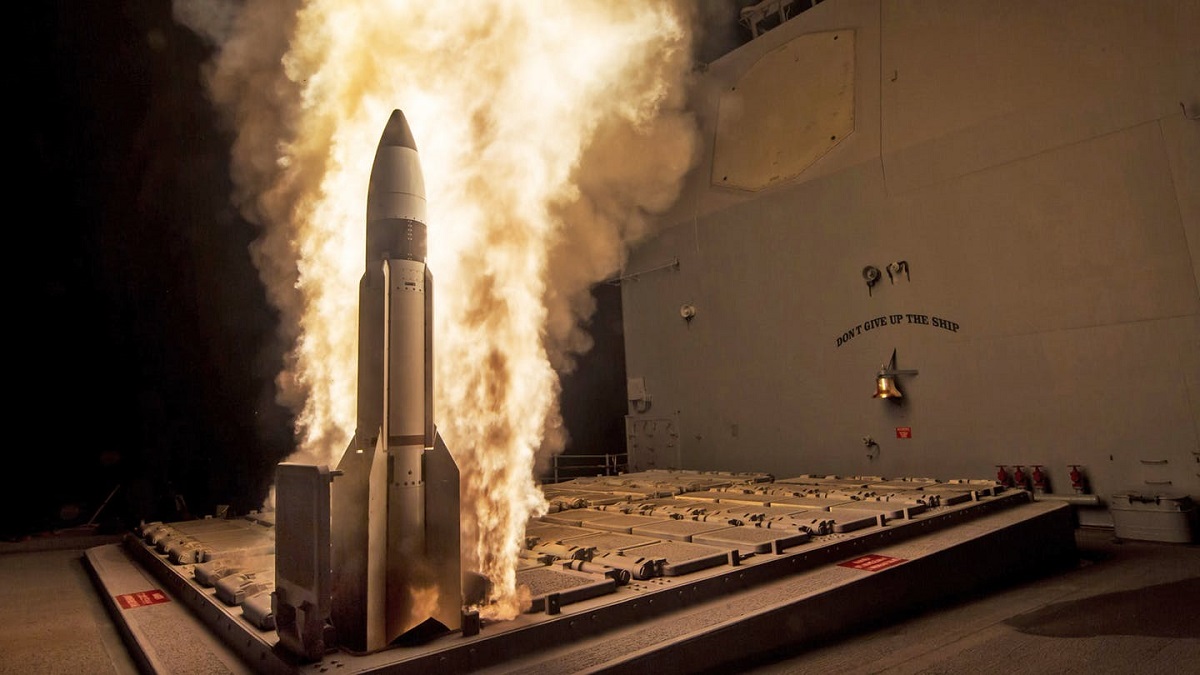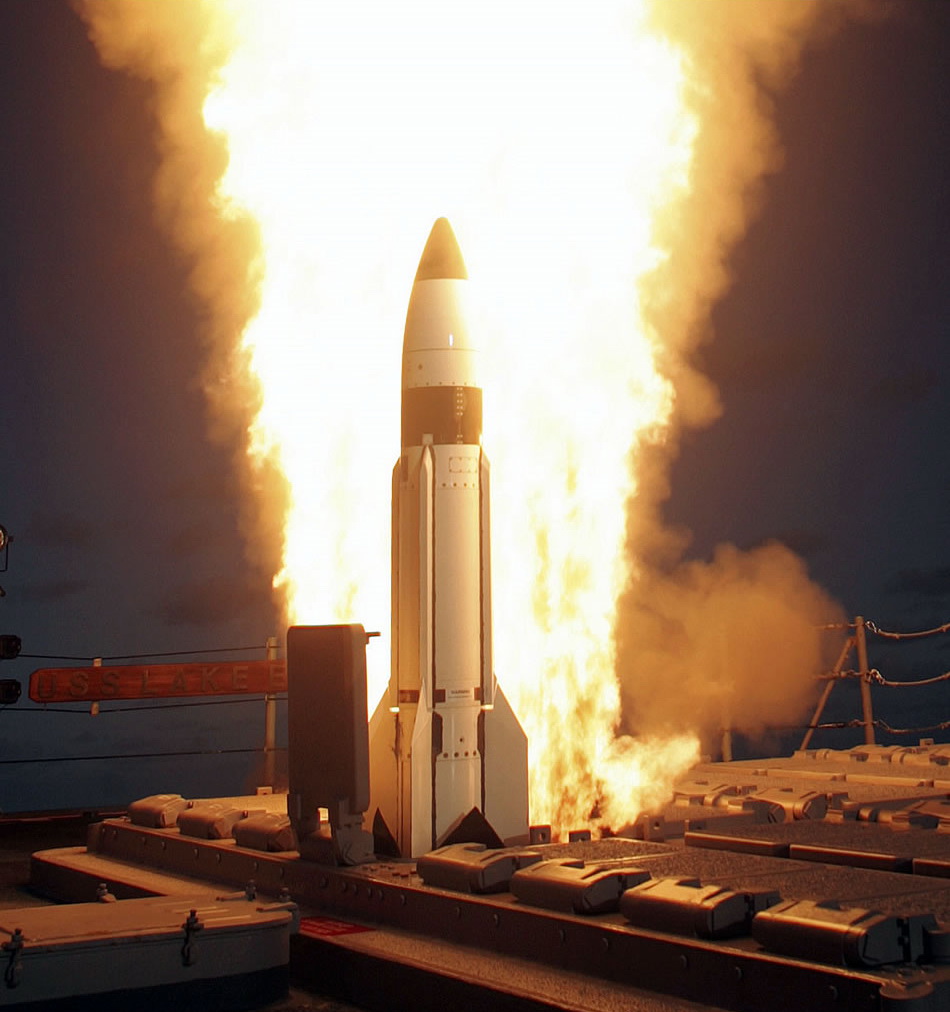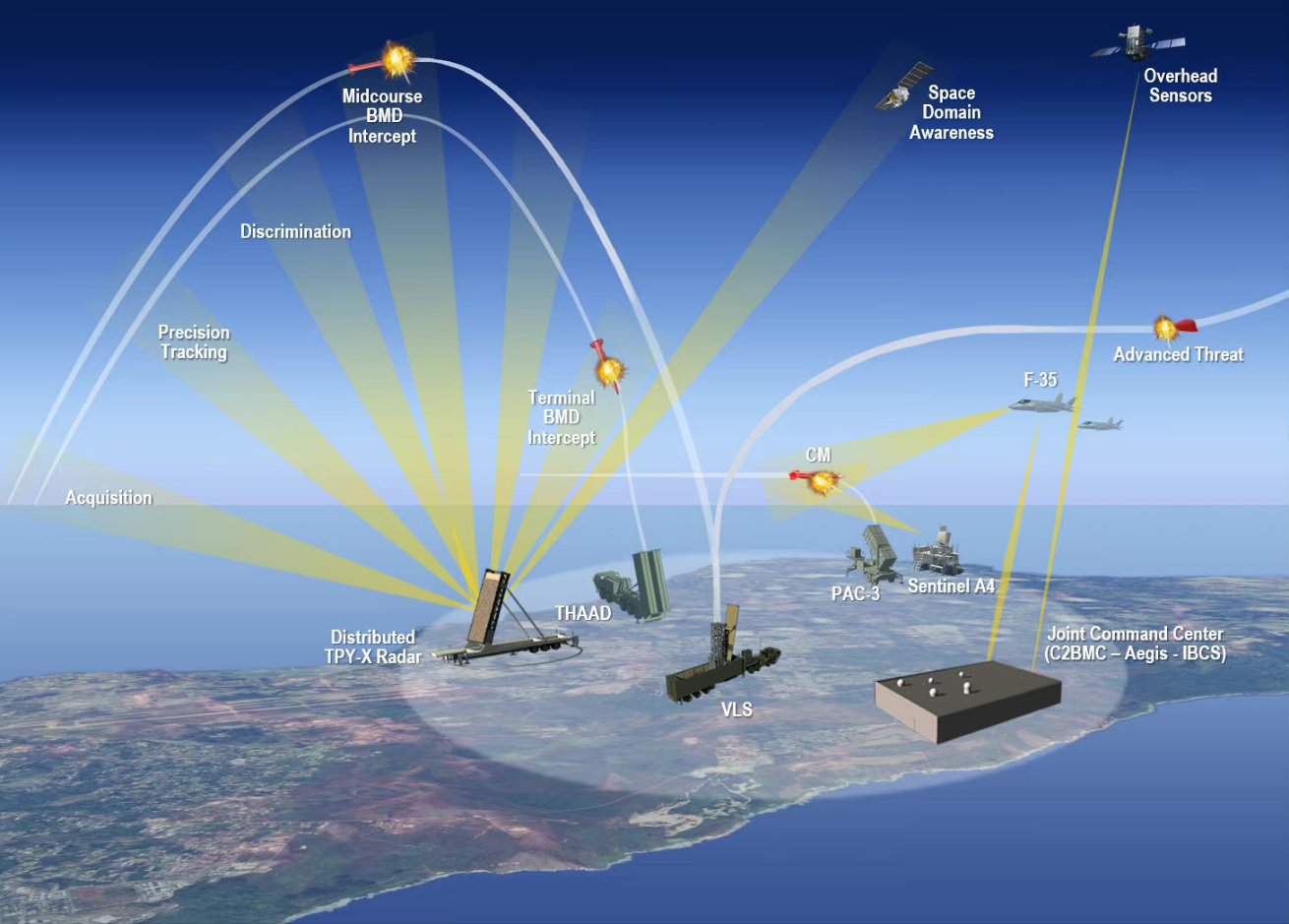The US will conduct the first test of the Aegis combat system and SM-3 Block IIA missile interceptors in Guam to defend against ballistic, cruise and hypersonic missiles

The US Missile Defence Agency is preparing to conduct the first tests of some components of the Guam air and missile defence architecture. This was announced by the acting director of the agency Rear Admiral Doug Williams.
Here's What We Know
The test is scheduled for December 2024. Doug Williams said the tests will involve Standard Missile 3 Block IIA missile interceptors and the US Navy's Aegis combat system.
The intended purpose of the first wave of defence was previously outlined by the previous head of the US Missile Defence Agency, Jon Hill. The vice admiral said it is focused on countering complex missile threats and will include radar stations, launchers, interceptors and a command and control system. All components would be deployed in Guam in 2024.
The Missile Defence Agency has requested more than $800 million for fiscal year 2024 to develop and launch a new defence architecture for the island located in the Pacific Ocean. The agency intends to secure Guam from ballistic, cruise and hypersonic missiles.

In addition, the agency is trying to work closely with other services. In particular, the U.S. Navy will provide technology and capabilities of the Aegis combat system. Moreover, the U.S. Navy will have jurisdiction over the territory where the system components will be located.
At the same time, the US Army has requested $638 million for its role in the island's defence. The service wants to bring missile and air defence systems, including Patriot, medium-range launchers and other components, to Guam.
While the U.S. Army resolves its issues, the Missile Defence Agency is adapting Aegis to operate in the island's challenging terrain. The system will undergo modifications and will be different from those used on US Navy ships and from Aegis Ashore. The agency is also working on a command and control suite for battle management, communications and tracking threats, including hypersonic and ballistic missiles.

The architecture will include four AN/TPY-6 radars. The radar will be tested as early as next week, on 16 August. The radar will be tasked with detecting ballistic missiles. In the future, the agency will test Patriot and THAAD systems.
Source: Defence News